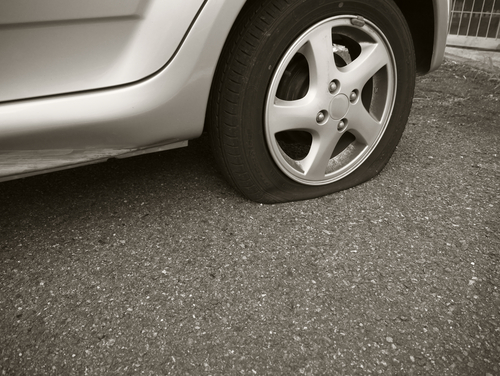

This construction allows continued operation after the loss of air pressure up to the speed and distance specified by the manufacturer. In most self-supporting RFT tyre systems, the tyre features reinforced sidewall construction that will continue supporting the vehicle in the event of air loss.

There are two primary types of Run-Flat Technology (RFT) tyre systems: the self-supporting system and the support ring system. Bridgestone’s RFT tyres will allow continued operation even after a loss of some or all inflation pressure for up to 80 km at a maximum speed up to 80 km/h. Check the manufacturer’s specifications to find out how fast and how far you can drive on your RFT tyres. You can’t drive on them indefinitely, though.

With Run-Flat Technology (RFT) tyres, you can continue driving after a puncture so you make your way to a workshop or find a safe, level area to change your tyre. With some auto manufacturers making them standard in new vehicles, more consumers are asking about Run-Flats as well as their advantages and how using them impacts driving. Though they first appeared in the mid-1980s, Run-Flat Technology (RFT) tyres are now more popular than ever.


 0 kommentar(er)
0 kommentar(er)
